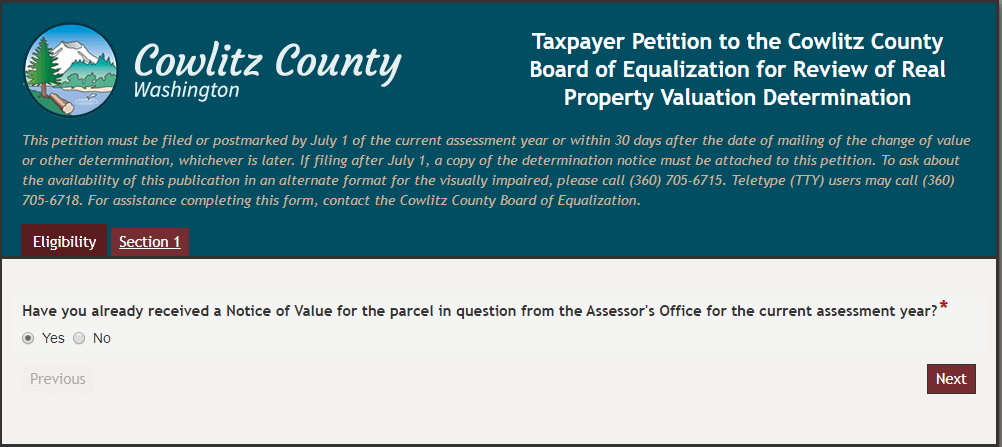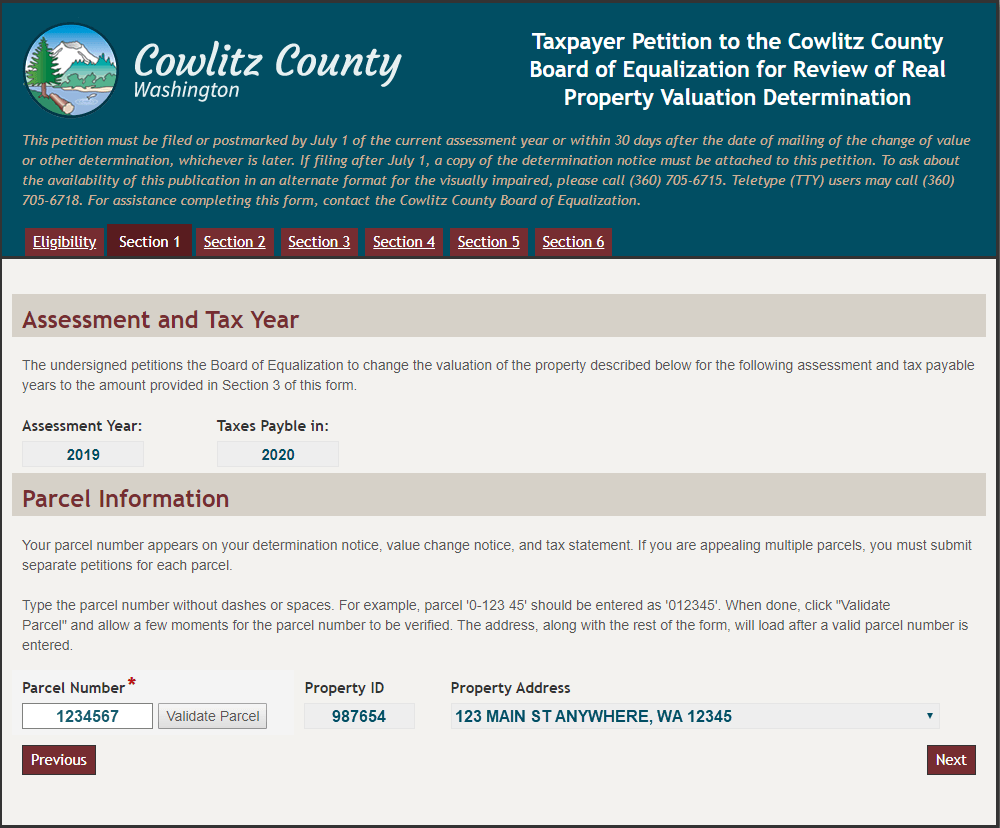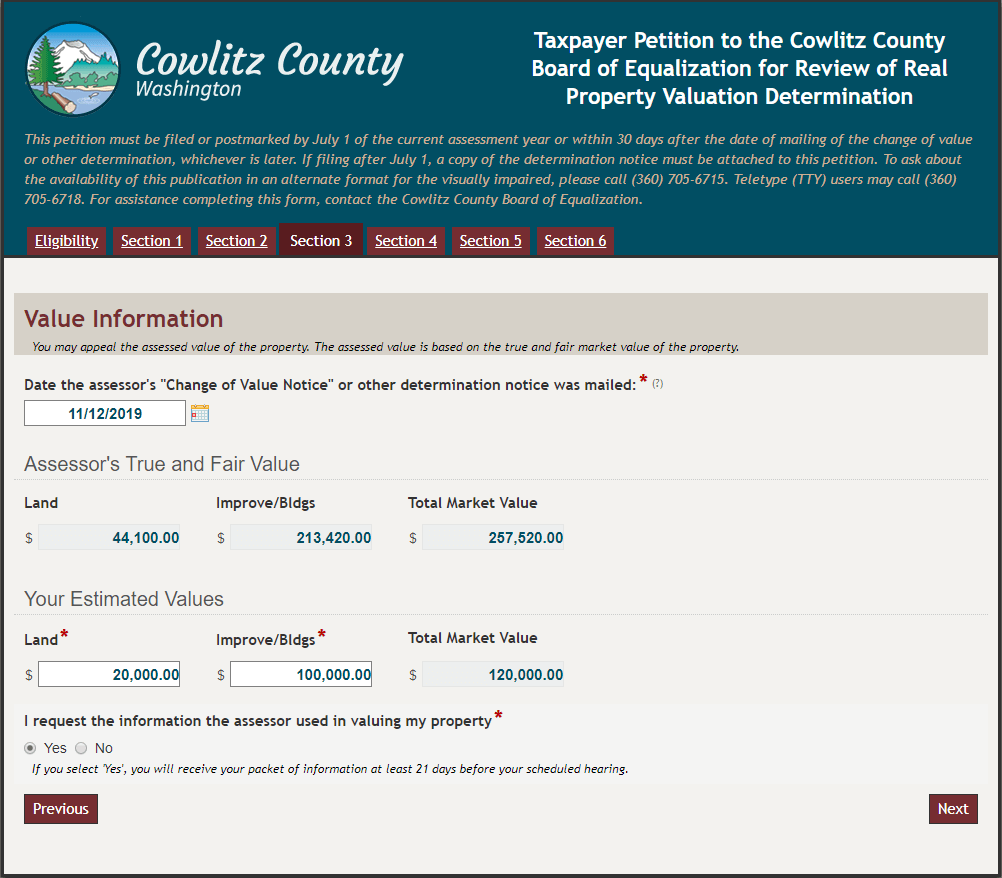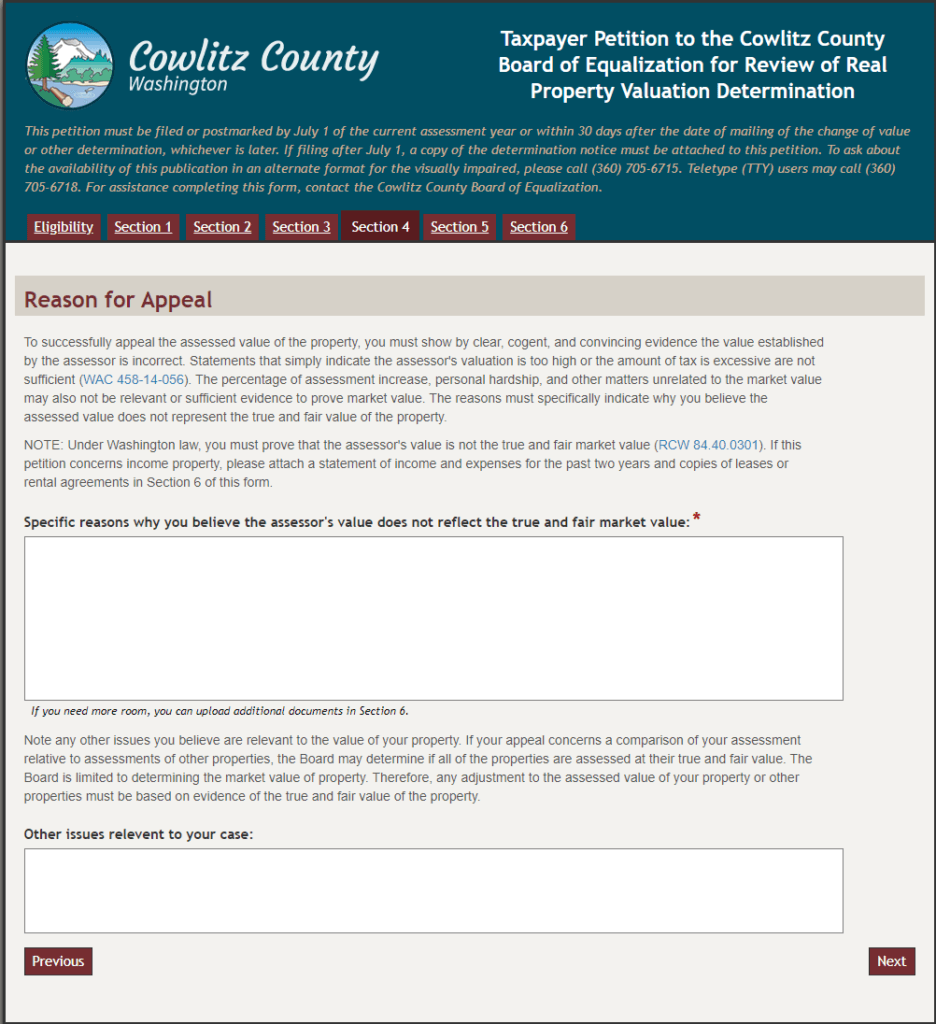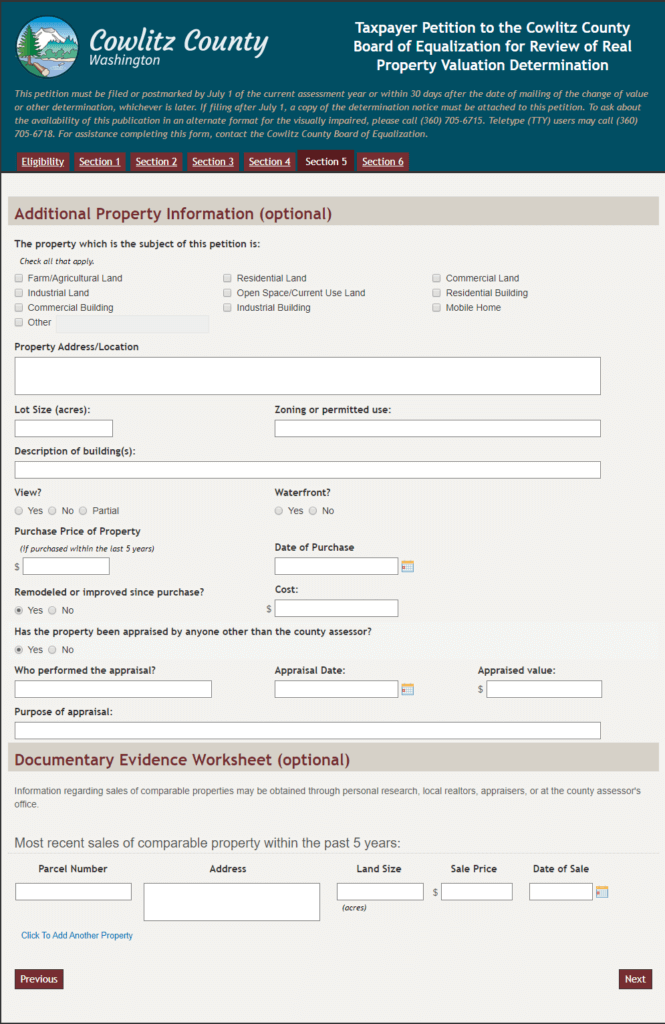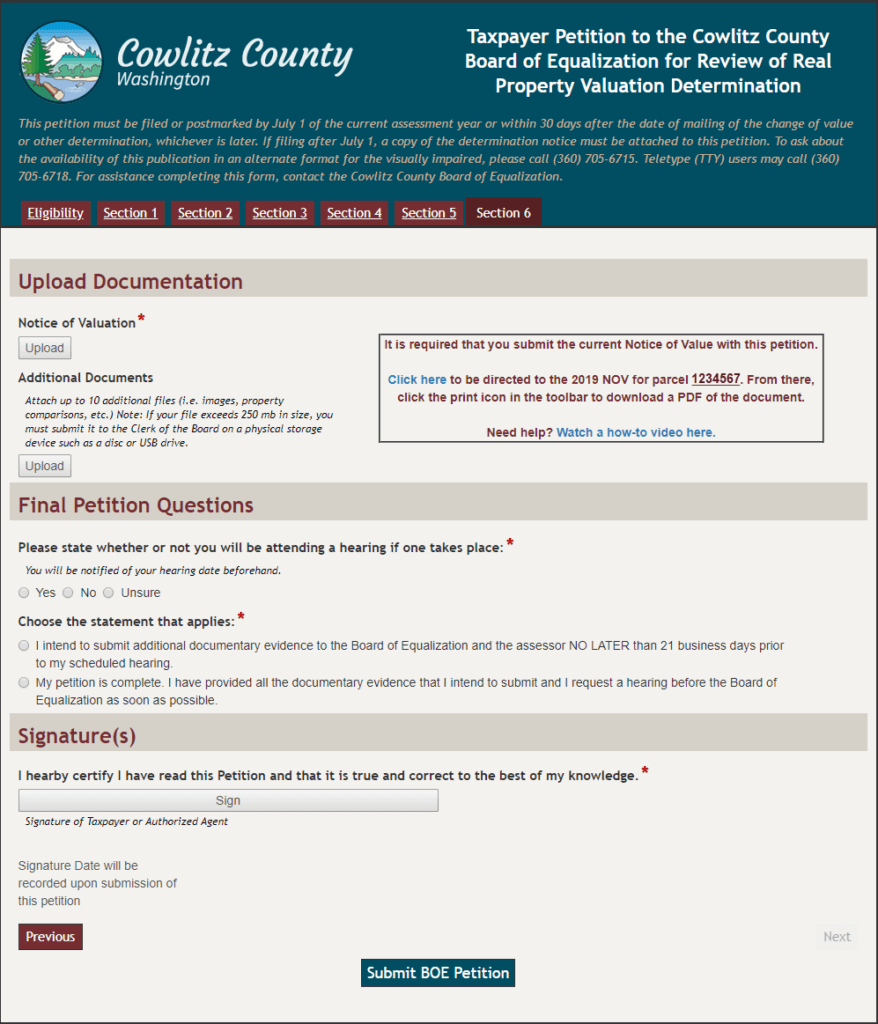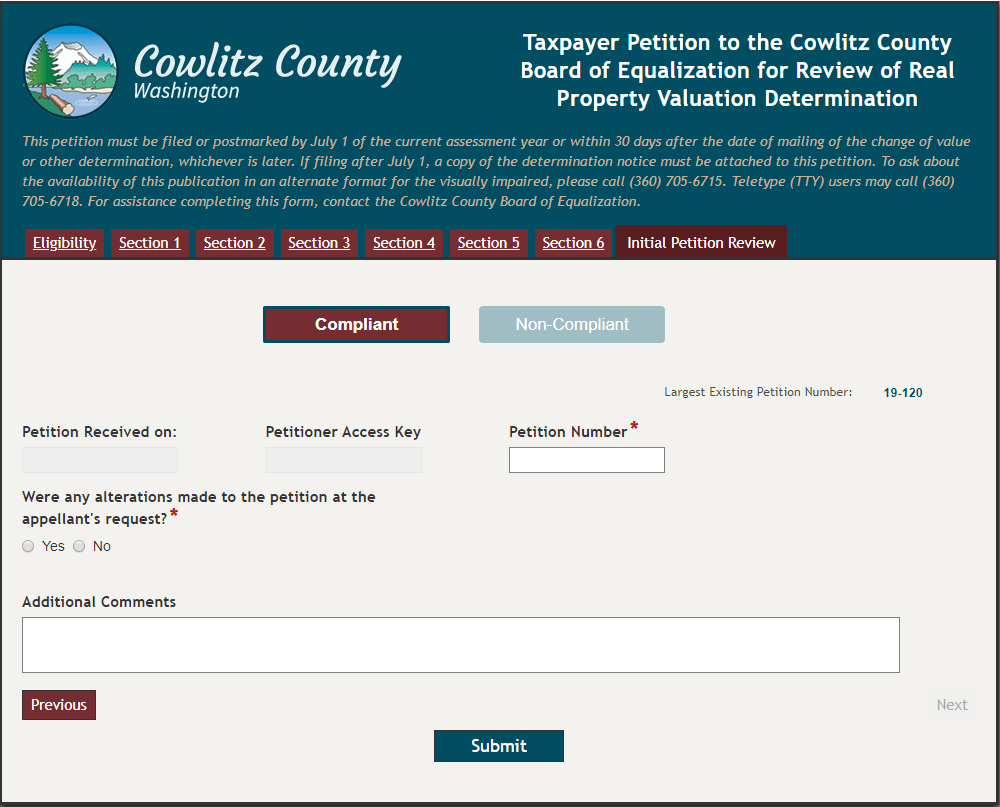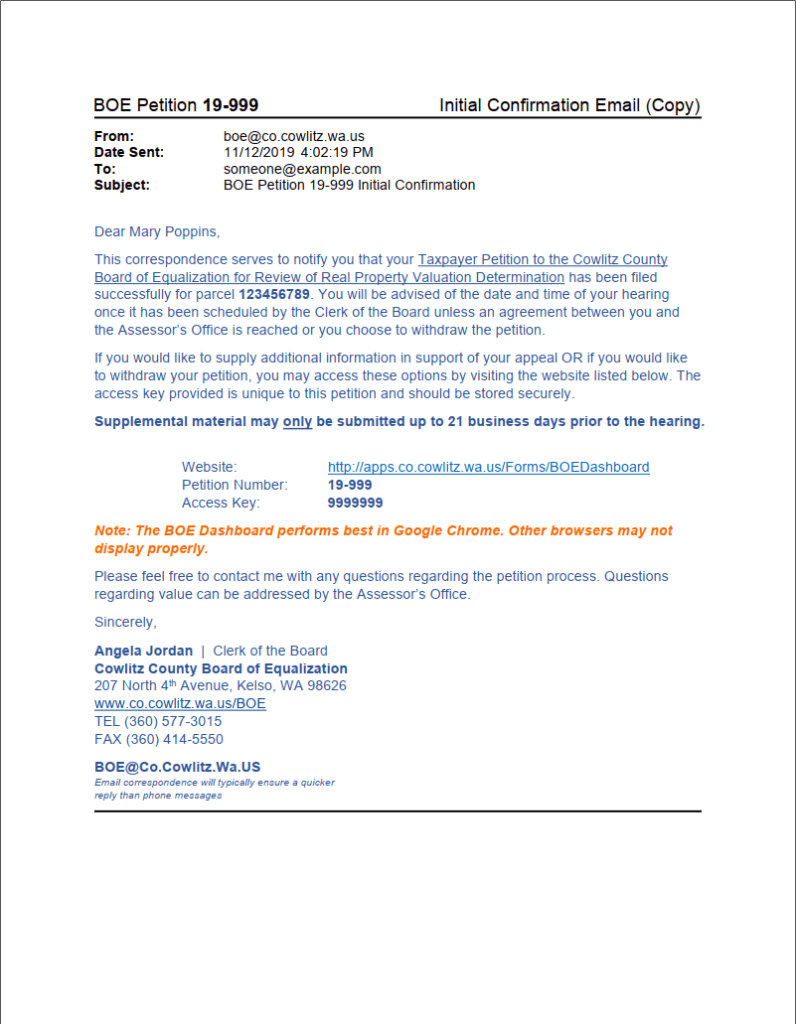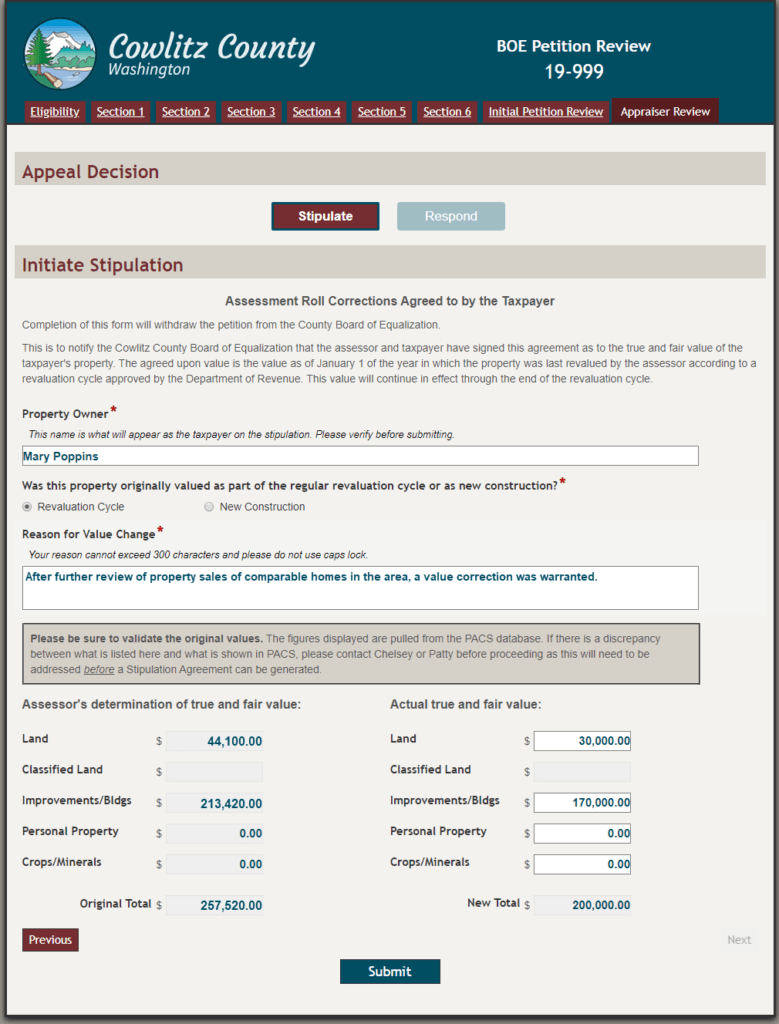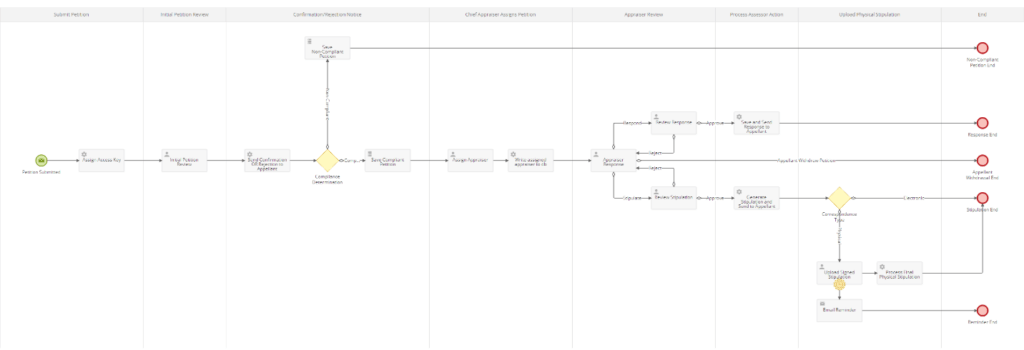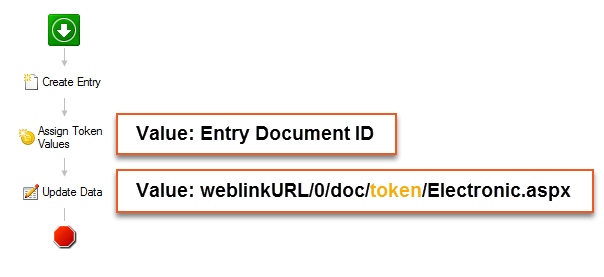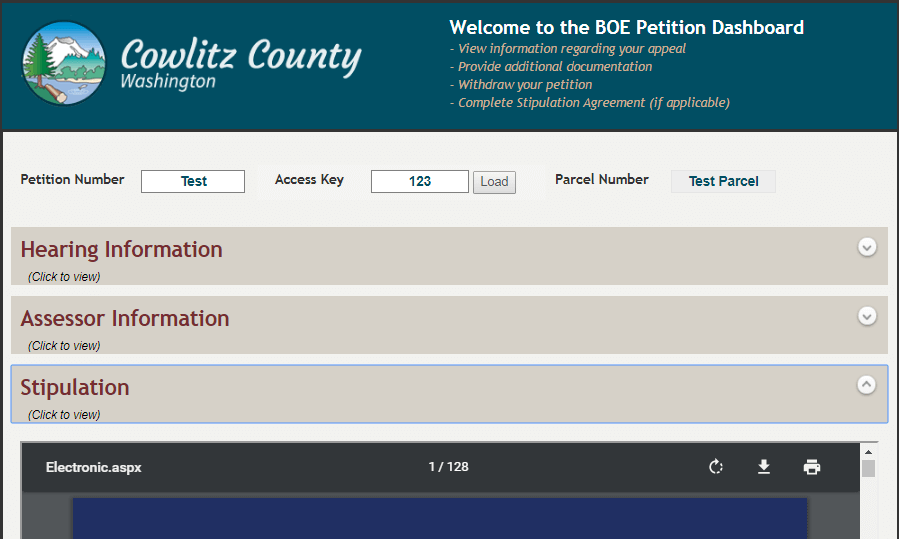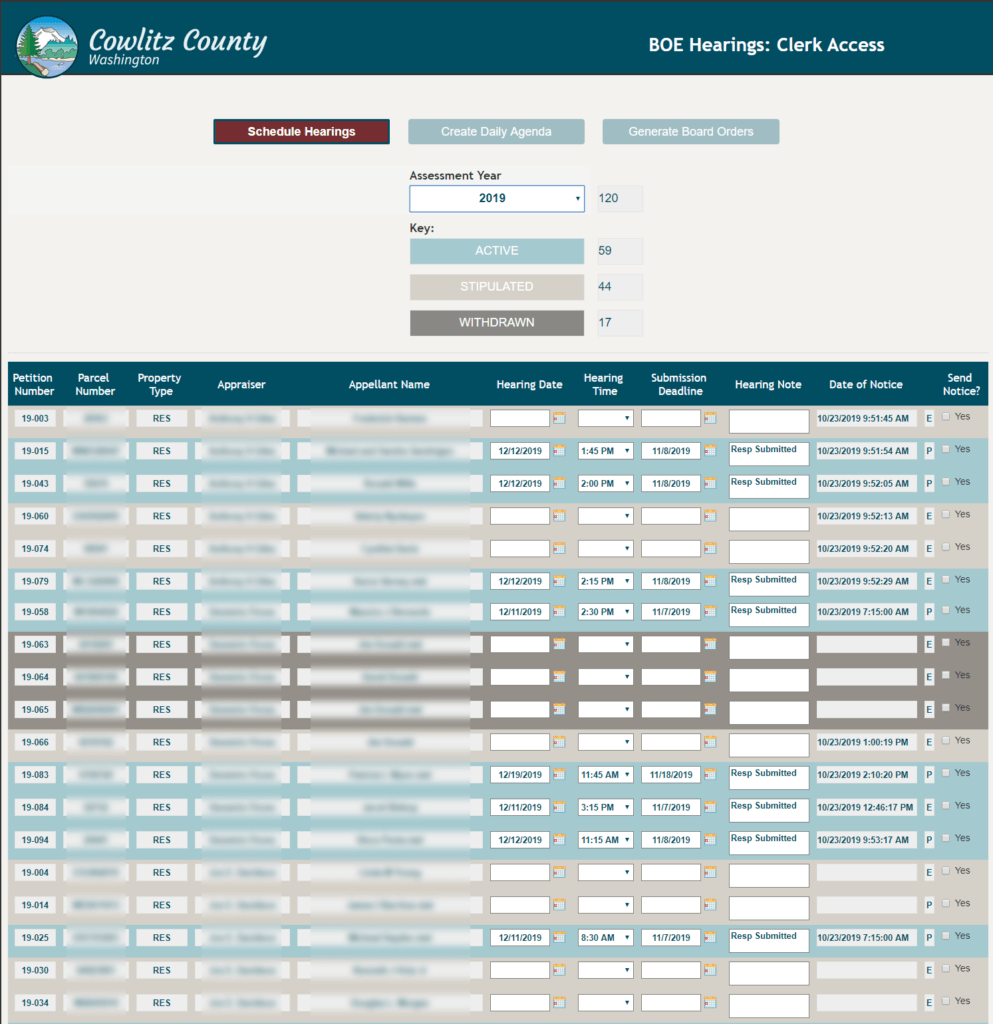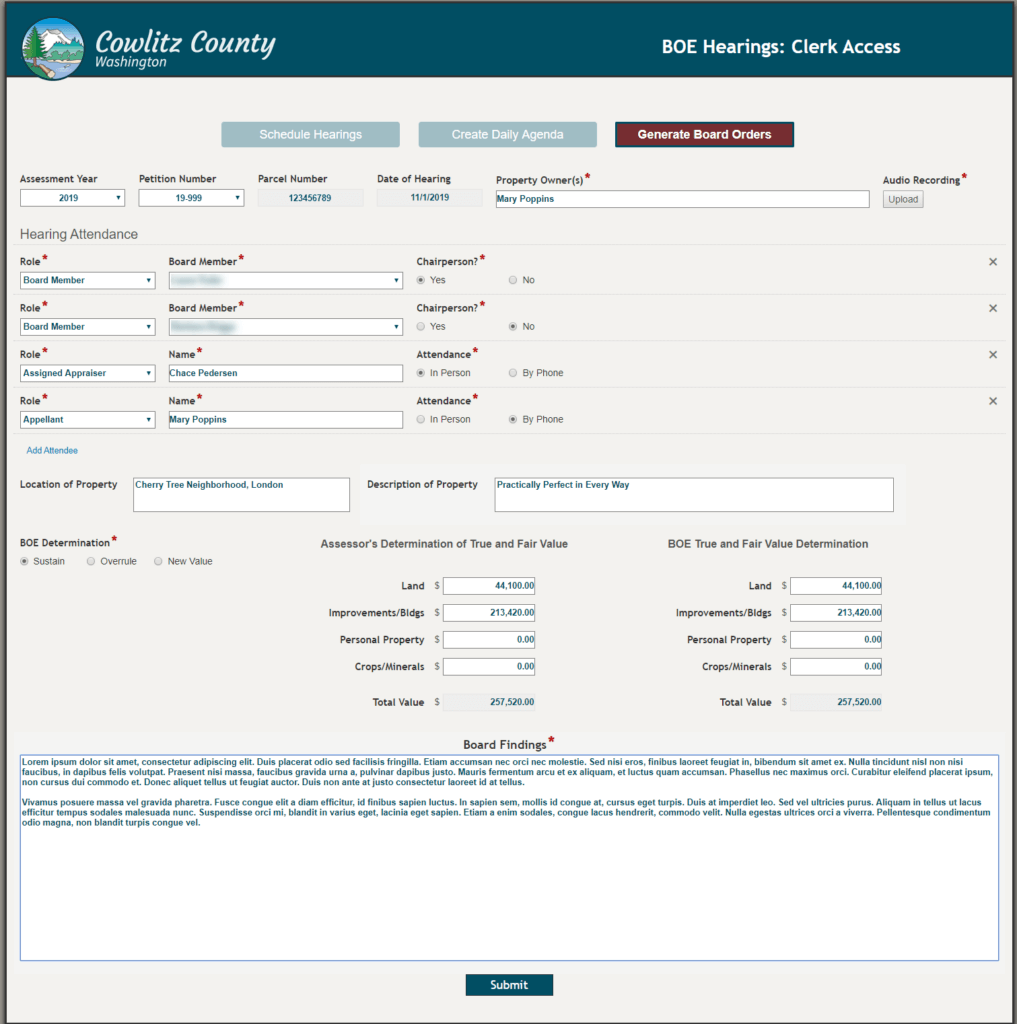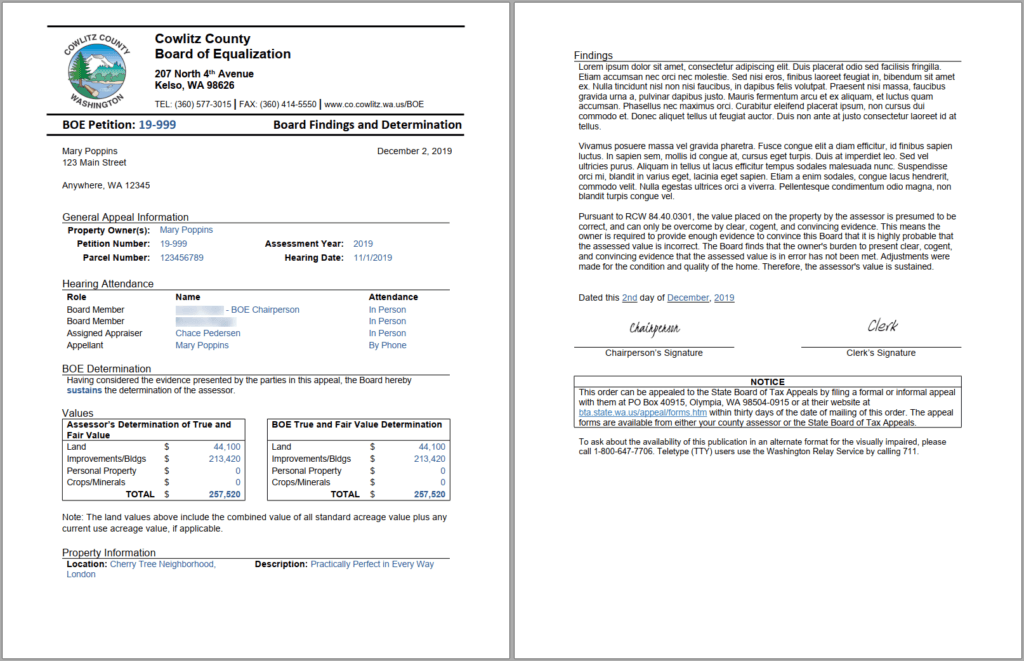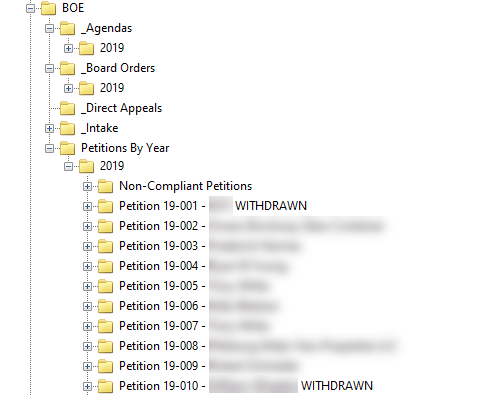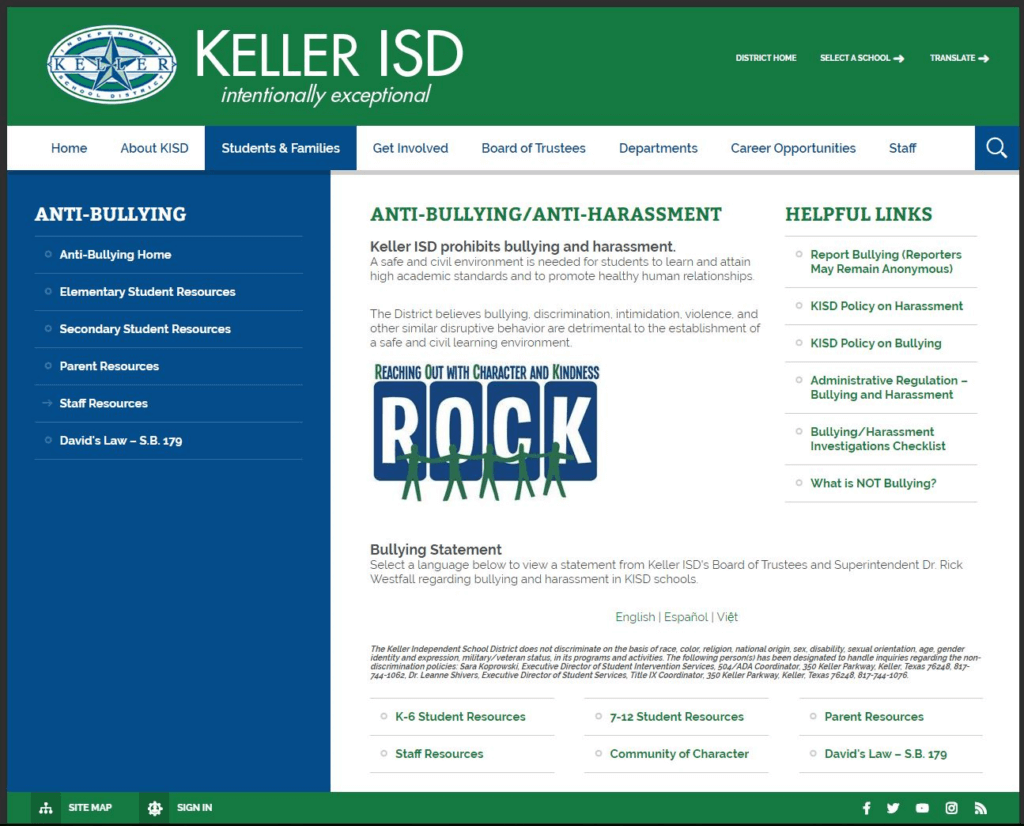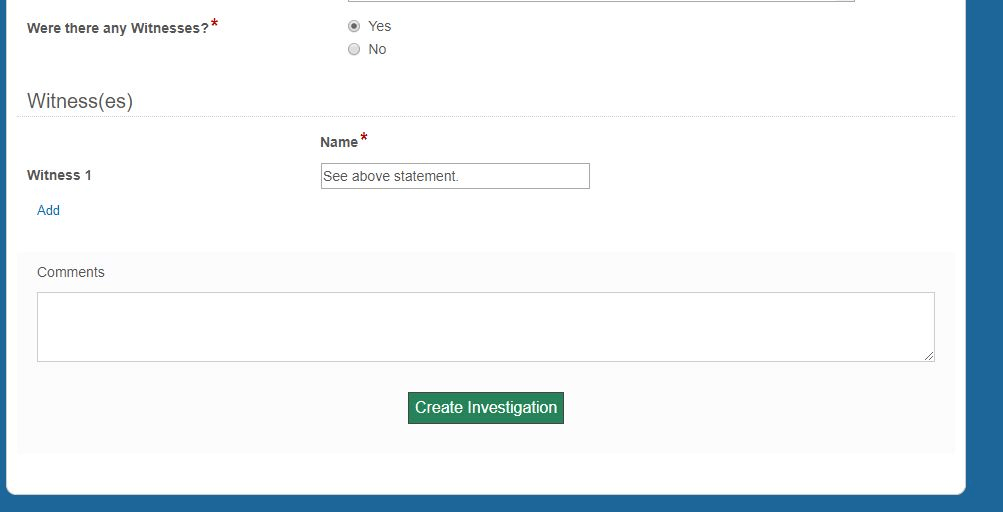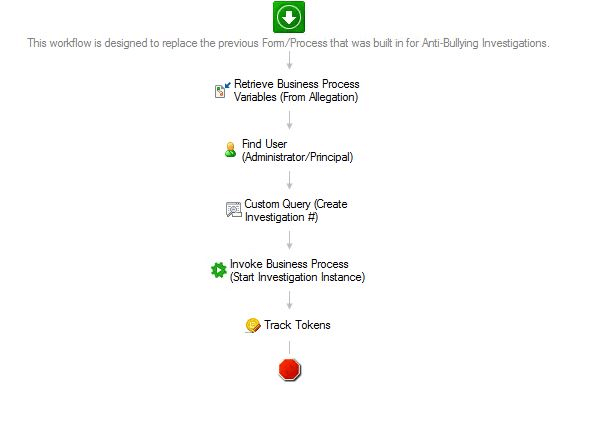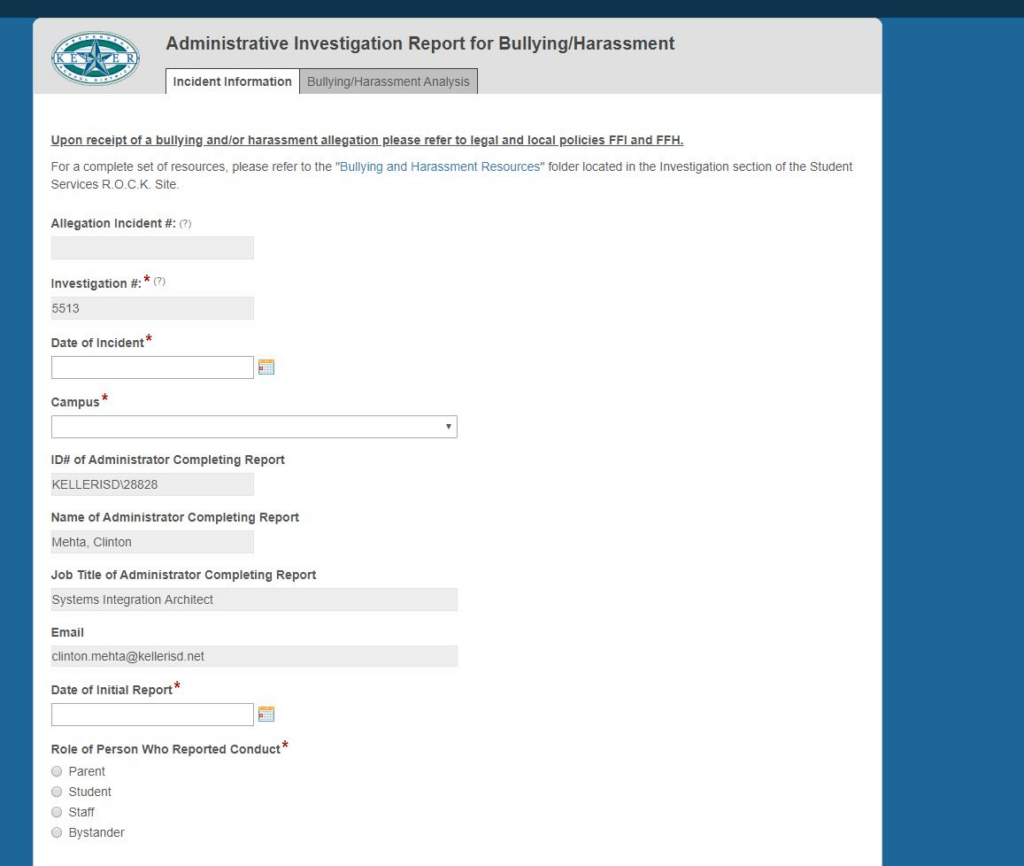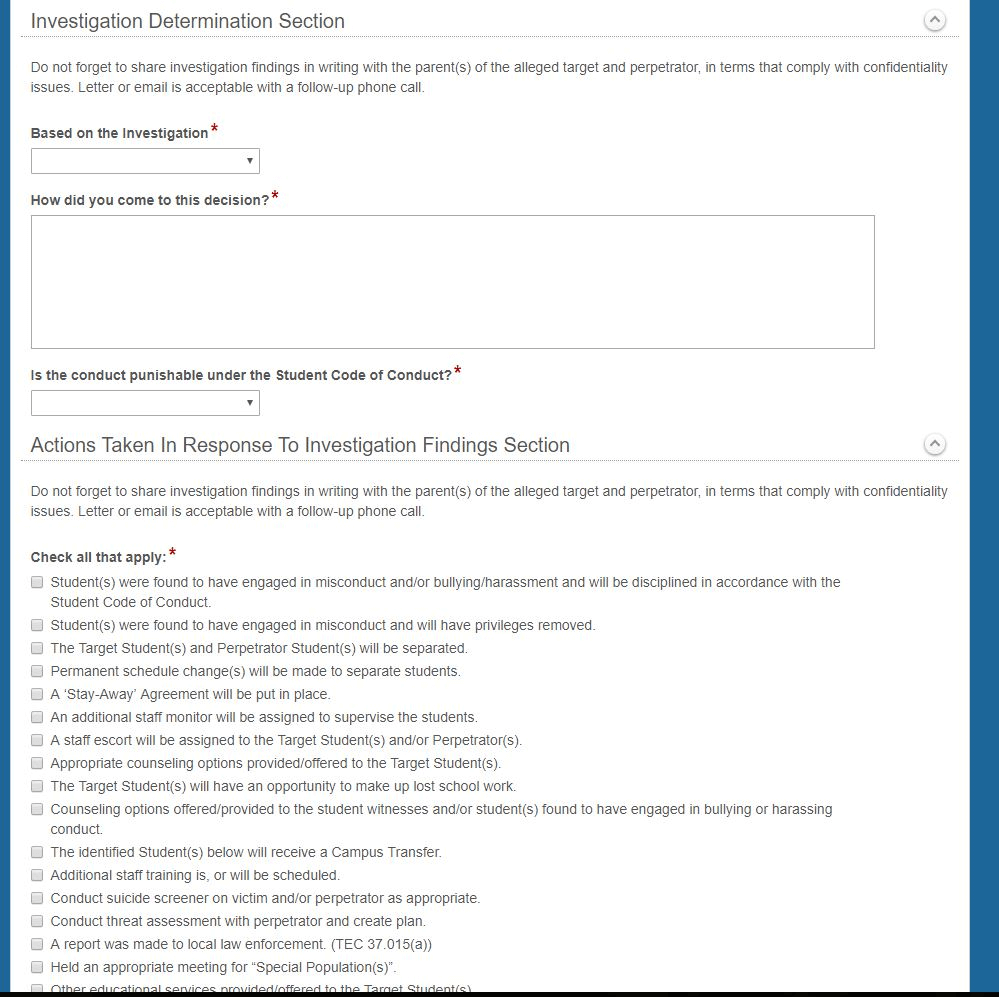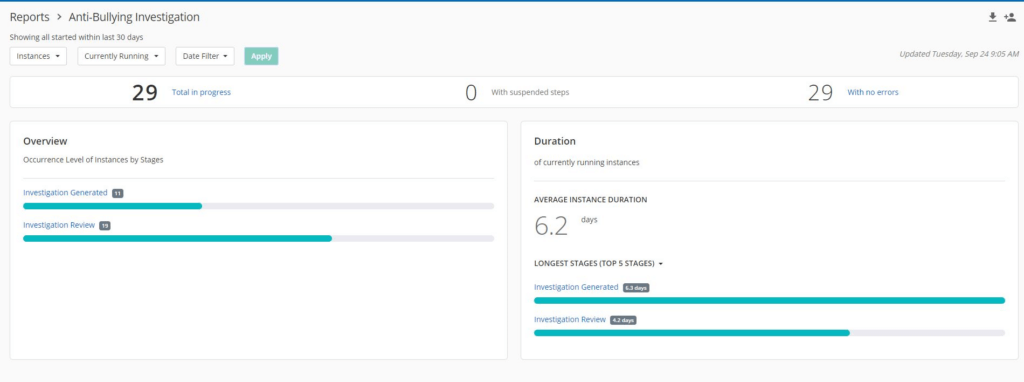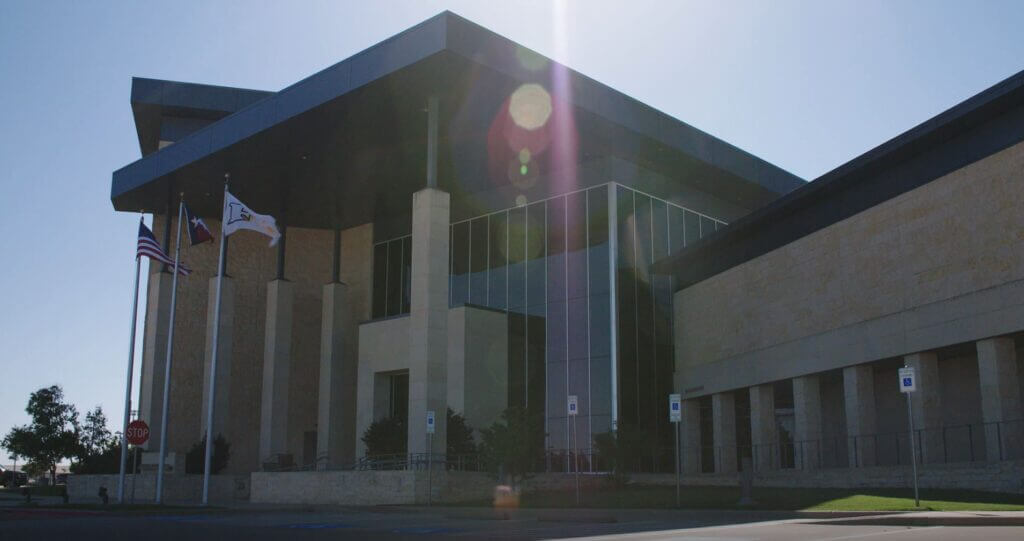Merichem is a global company that serves the oil and gas industries with focused technology, and chemical and service solutions. Its proprietary impurity removal processes increase the quality of refinery products and oil and gas streams, and the company beneficially reuses spent caustics and other byproducts from oil and petrochemical plants around the world.
Merichem used Laserfiche to automate a number of approval processes, centralize information and improve information governance. The result has been a decrease in the burden on employees for meeting all of the requirements of ISO 9001, ASME and other documentation requirements, an increase in information accuracy and productivity, and faster turnaround times for customers—all critical improvements for an organization focused on operating safely and efficiently in a fast-changing, highly regulated industry.
“There has been a lot of change in the oil and gas industries,” said Amy Magee, project controls manager at Merichem. “It used to be that hiring a bunch of people wasn’t a big deal because the industry was making a lot of money. It’s never going to be the way it used to be—cost savings have become more important. Everyone in the industry is working to better understand how they are using money and how they are operating, so we can do things differently and more efficiently.”

Putting Quality and Safety First
With three U.S. offices and over 1000 treating units in refineries in 53 countries, Merichem must comply with a multitude of safety standards including those of the ISO, American Society of Mechanical Engineers (ASME) and other organizations related to pressure vessels and refinery equipment.
“Quality and safety are extremely important to us,” said Amy Magee, project controls manager at Merichem. “We need to ensure our systems are built to the right standards. Data sheets are needed for equipment; drawings for construction; plus a lot of testing has to be done. And anyone who operates any of our equipment or the equipment we purchase needs to know what they are doing.”
The company initially needed a new centralized repository for documents, but Magee also realized that the company’s needs went beyond digital storage. “We need the ability to manage licenses with customers and give them access rights to individual folders,” she said, adding that employees previously had to manually track access to specific folders via spreadsheets or on Word documents. “We also have to track versions of documents, and when we disseminate information or updates, we need to know if and when documents are received and reviewed.”
Another essential component of Merichem’s operations, data books, were time intensive to compile, and were often still printed on paper and sent to customers. When a project was completed, employees had to compile anywhere from 10 to 20 books—with about 750,000 pages in each book—in a short time frame. PDFs were manually uploaded, and any time a change is made, it must be carefully tracked and sent to the customer as well. This resulted in increased overtime hours at the end of every project. “Data books were being printed, and employees had to manually mark up the individual copies,” Magee said. “They then had to scan the page back in, and there was no way to know if a customer had opened or looked at it. It was just a monotonous process. You had to check that you didn’t duplicate efforts. A lot had to be done to ensure the information was correct.
“Our cycles are very fast, and a lot of projects are fast-tracked,” Magee added. “Manual work was delaying our processes, and employees had to work overtime to get things done within our time frames.”
The company ultimately turned to Accelerated Information Systems, a Laserfiche Solution Provider, to implement a Laserfiche system that would enable access control, provide tracking capabilities and automate manual processes, including data book compilation.
“Safety is serious business at Merichem,” said Zaheer Master, president of Accelerated Information Systems. “With Laserfiche we’ve automated a critical but monotonous task, freeing employees to work on more important projects.”

Control, Automate, Transform
Today, Merichem uses Laserfiche for document management; Laserfiche provides granular security control so that individual employees are no longer tasked with tracking access to information. Project assistants previously spent on average 750 hours—about half of the hours charged to a typical project—uploading and transmitting documents to multiple outside parties. Today, they have reduced that by about one-third, or 250 hours.
The centralized system also allows employees enhanced search capabilities, saving additional time finding information. “One of the biggest complaints we had about the previous software we were using was that you had to know the exact name of what you were searching for,” Magee said. “Being able to use Laserfiche and do partial or fuzzy searches, and search through OCR and metadata has been huge for us.”
Beyond improving the management of information, Merichem used Laserfiche to automate the process of data book compilation. Today, employees simply need to follow a naming convention for files and an automated workflow compiles the data book in 30 minutes to two hours—a process that used to take a full week.
“I’ve gotten a lot of feedback that Laserfiche makes our employees’ lives easier. It’s had a positive impact inside and outside of my department, across the rest of the organization. It helps all of our employees and alleviates stress related to deadlines, and we are able to expedite the turnaround time for preparing and submitting data books to customers. The end of a project is always a stressful time period, but it’s much easier now since very little manual work has to be done. We don’t have that rush at the end, where everyone’s putting in overtime hours.”
—Amy Magee, Project Controls Manager at Merichem
Continued Improvements, New Efficiencies
Merichem continues to explore new uses for Laserfiche and increase efficiency across the organization. Next, the company has plans to implement Laserfiche for specifications review, another time-intensive and paper-driven process. Magee explained that employees will also use Laserfiche in shipping and receiving, allowing employees to use tablets to take pictures of materials before they are shipped, so that they can upload them to the Laserfiche mobile app. This will assist employees in ensuring the company has records of the exact condition of items before they leave the premises, helping to fulfill requirements of ISO 9001.
Magee encourages her team members to obtain Laserfiche Certification and get involved with process improvement. “Laserfiche has helped in a lot of aspects,” Magee added. “It’s helped to keep everyone on track, and now as we are overseeing and facilitating work, we are able to make sure that people have the tools they need to get important information to customers in a timely manner.”

